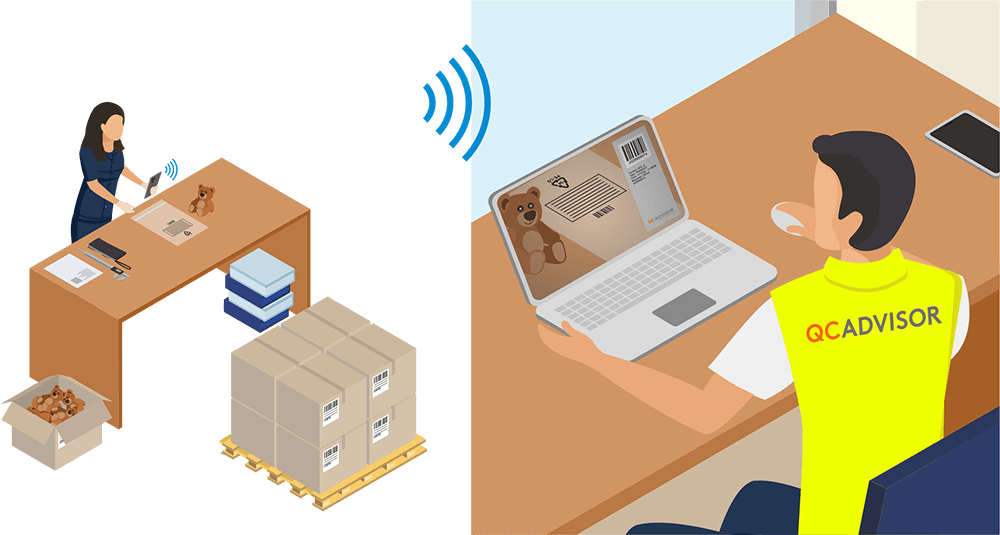Self Inspection in Quality Control (QC) remains at the heart of successful manufacturing. Traditionally, buyers would either deploy their own teams or employ third-party inspection companies to ensure quality at the supplier’s factory.
However, today’s digital age and the evolving business landscape present a novel approach: Self Inspection.
Self Inspection are typically executed directly by the suppliers, promising time and cost efficiencies while nurturing stronger partnerships. With this shift, traditional methods of supplier inspection are evolving. Embracing the potential of remote monitoring and digital tools offers businesses unprecedented benefits and opportunities.
However, when entrusting suppliers with self-inspection, maintaining the process’s integrity and efficiency becomes paramount;
Here are the eight essential elements to consider when implementing self inspection with your suppliers:
1. Determine Eligibility for Self Inspection:
It’s vital to discern which orders are apt for supplier quality control. Key determining factors include:
- Trust and Track Record: High trust levels with the supplier and a history of low or decreasing defects suggest that the supplier is equipped for self inspections.
- Order and Manufacturing Risks: Orders involving repeat or generic products, combined with low-risk manufacturing processes (e.g., automated or “Labor-Saving Production”), are prime candidates.
- Inspection Scope: Tasks like visual checks for markings or barcodes can be effectively overseen by suppliers.
2. Standardize Process and Report Format for Self Inspection:
Consistency remains paramount. Using platforms like Qarma to standardize checklists and report generation ensures all suppliers follow a unified, easily implementable self inspection process.
3. Clarify Self Inspection Criteria and Quality Control Expectations:
Clearly outline the inspection parameters for every order. These might include quality benchmarks, expected order quantities, guidelines for packing, marking, labeling, stipulations for functional tests, and highlighting other critical inspection points.
4. Provide Clear Training in Local Language for Self Inspection:
Training forms the bedrock of efficient self inspections. Platforms like Loom are instrumental, enabling businesses to prioritize visual aids and minimize textual explanations. Offering explanations in the supplier’s native language ensures more accurate and informed self-inspections.
5. Coordinate and Arrange Self Inspections:
Open communication with suppliers is essential to guarantee that self inspections are timely and efficiently coordinated.
6. Monitor and Follow Up During Quality Control Self Inspections:
Modern tools not only facilitate self inspections but also their remote oversight. With platforms like Qarma, buyers can supervise the process from afar. Immediate clarification should be sought if ambiguities emerge or if key information appears missing.
7. Foster Collaborative Approach in Self Inspection:
A successful transition to self inspections requires fostering a spirit of cooperation between buyers and suppliers. Stronger, trust-based partnerships ensure both parties align towards the shared goal of efficient and precise self-inspections.
8. Leverage Data Analytics Self Inspection (Quality Control):
QC data is invaluable. By regularly analyzing this data, trends can be spotted, guiding areas of improvement or excellence. The continuous goal should be refinement – transitioning more suppliers to self-inspections while addressing challenges with others through traditional means if necessary.
In conclusion:
Self-inspections mark a significant evolution in QC practices. By allowing suppliers to take charge, businesses can streamline operations, realize cost savings, and strengthen partnerships, reinforcing a more collaborative and efficient supply chain dynamic. With the right practices and tools in place, this approach can redefine the future of quality control in manufacturing.
Follow us on Linkedin for QCADVISOR’s weekly updates.
Read more:










